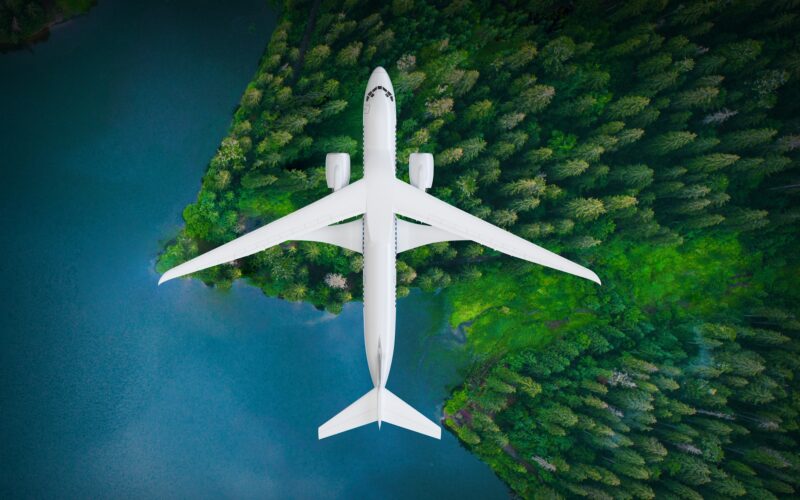A sustainable single-aisle aircraft demonstrator developed by NASA and Boeing has received the designation X-66A from the US Air Force.
“At NASA, our eyes are not just focused on stars but also fixated on the sky. The Sustainable Flight Demonstrator builds on NASA’s world-leading efforts in aeronautics as well climate,” said NASA Administrator Bill Nelson. “The X-66A will help shape the future of aviation, a new era where aircraft are greener, cleaner, and quieter, and create new possibilities for the flying public and American industry alike.”
The Transonic Truss-Braced Wing (TTBW) demonstrator aircraft, part of NASA’s Sustainable Flight Demonstrator (SFD) program, features extra-long, thin wings braced by diagonal struts.
The wing design “could eventually accommodate advanced propulsion systems that are limited by a lack of underwing space in today’s low-wing airplane configurations,” Boeing explained during a presentation of the aircraft. The concept, combined with future engines, could result in up to 30% less fuel consumption compared with contemporary single-aisle aircraft.
X-planes are US-made experimental aircraft used to test pioneering designs and technologies with the potential for adoption in future aircraft models. The series started with the Bell X-1, in which Chuck Yeager became the first pilot to cross the sound barrier in 1947.
As noted by NASA, the X-66A’s designation marks the first X-plane solely dedicated to advancing the goal of net zero aviation emissions.

